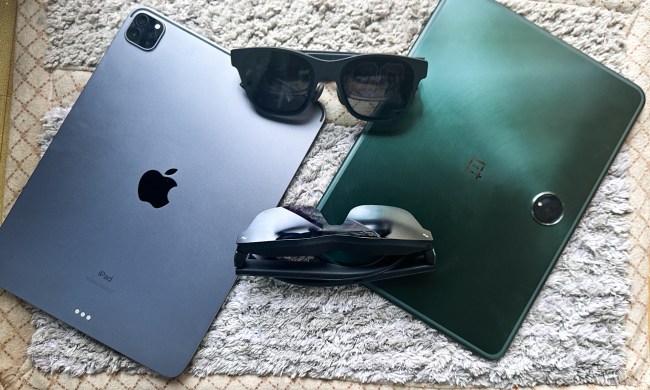
Acer has been putting its considerable manufacturing muscle behind netbooks—something that’s been reflected in its 2009 PC shipment figures—and now the company has debuted something new in its Aspire One line, the Acer Aspire One AOD250. Like its brethren, it’ll run Windows XP Home Edition so users have access to their favorite Windows applications…but the AOD250 also dual boots Google’s Android mobile operating system, for quick access to Internet functionality without waiting for Windows XP to start up and shut down. The AOD250 also features a multi-gesture trackpad for intuitive navigation through Web pages, documents, and media.
“The Android operating system and the Aspire One netbook is an ideal combination for end users that require a highly mobile device for data consumption,” said Acer America product management VP Sumit Agnihotry, in a statement. “The unique dual-boot OS on the new Aspire One ensures users fast connections, the familiarity of Windows, and the added convenience of open source mobile platforms and applications.”

In terms of hardware, the Aspire One AOD250 is pretty run-of-the-mill netbook, featuring a 10.1-inch WSVGA display, a 1.66 GHz Intel Atom processor, 1 GB of RAM, a 160 GB hard drive, a multi-in-1 digital media card reader, 802.11b/g and Bluetooth 2.1 wireless networking, 2 USB 2.0 ports, an integrated webcam, and a 6-cell battery.
The Aspire One AOD250 is available now through Acer’s authorized resellers with prices starting at $349; the netbooks are available in red, black, white, and blue cases.

